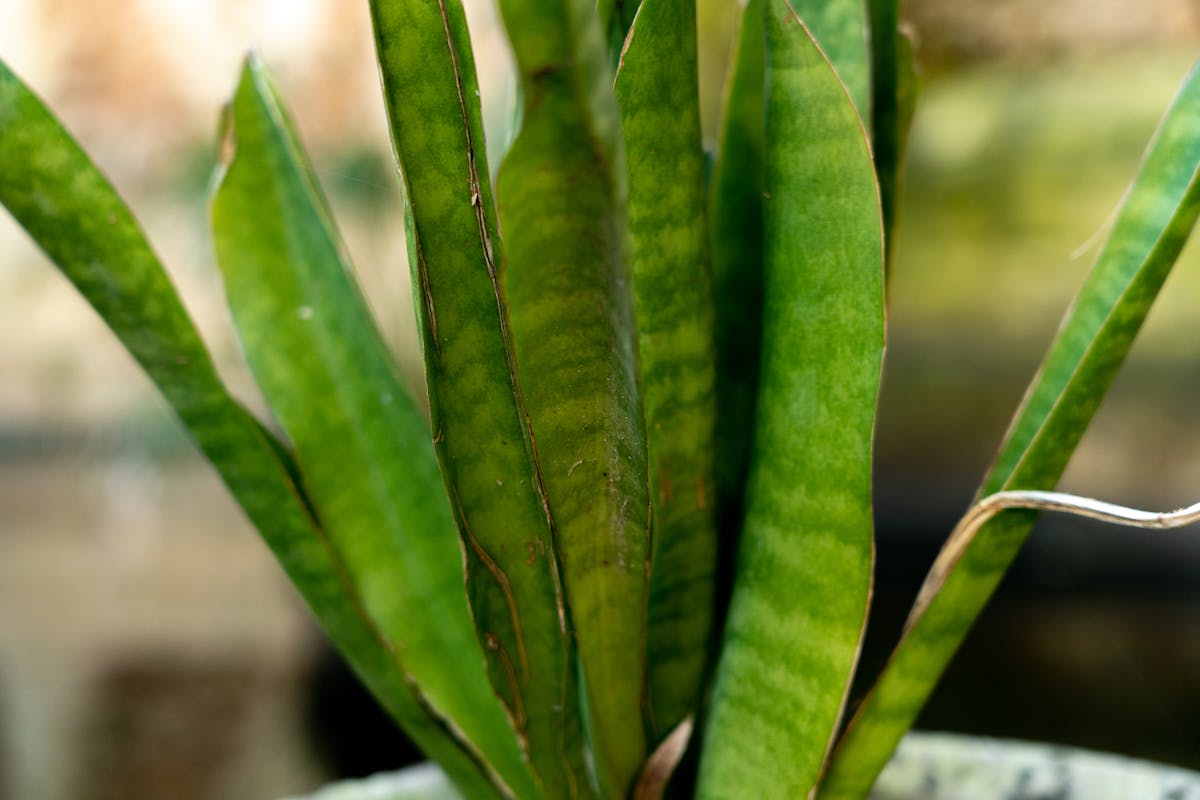
Plant That Can Reduce Indoor Temperature During Summer
If you love plants, here's another reason to turn your home into a green oasis.
Due to its ability to purify the air and absorb heat, just a little effort is needed to keep the sansevieria, also known as mother-in-law’s tongue, alive, writes elle.com.es.
Among all types of plants, some have incredible abilities to be much more than just a beautiful flower.
Sansevieria as a Top Cooler
For example, the well-known sansevieria – a plant with stiff, upright green leaves of intense color – is not only decorative but also has the ability to purify the air in the home. It thrives in hidden places, adapts well to almost any space, requires little care, and absorbs a bit of summer heat.
Sansevieria, or mother-in-law’s tongue as it is also called, is a popular plant that requires little maintenance.
Originating from tropical Africa and Asia, this species has become a highly appreciated plant worldwide due to its ability to adapt to different light and temperature conditions. One of the most remarkable features of this plant is its ability to perform photosynthesis at night, unlike most plants that do so during the day.
This nighttime process means that sansevieria releases oxygen and absorbs carbon dioxide at night, contributing to better air quality in the room it is placed in.
In addition to its air-filtering abilities, sansevieria also helps cool the surroundings. During hot days, it releases moisture through its leaves into the air, which has a natural cooling effect.
Another advantage of this plant is its ability to absorb airborne toxins. It has been proven that this plant can remove undesirable chemical compounds like benzene, trichloroethylene, and formaldehyde, which are emitted by cleaning products, paints, or furniture.
By improving air quality, sansevieria helps create a healthier living space.
Caring for Sansevieria
Fortunately, it’s a plant that requires little care and attention. It adapts to various lighting conditions, but it’s best not to expose it to direct sunlight.
It can also survive in moderate temperatures and does not need to be watered frequently. It is more resistant to lack of water than to excess, so it’s important to avoid overwatering, which can damage its roots.





